
Human, Artificial Intelligence, and Robot Teaming
Tomorrow’s coworkers will look very different from today’s
Humans are increasingly working together with AI and robots to carry out essential national security functions. The benefits of such teams are far-reaching: decreased risk for the humans and a greater capacity to process information and adapt to dynamic, quickly-changing environments. For a team to function optimally, there must be a baseline of trust, an understanding of roles, and a shared commitment to achieving an outcome.
Leading the charge on the science of teaming
The Center for Human, Artificial Intelligence, and Robot Teaming is at the forefront of a new science of human, AI, and robot teaming. CHART synthesizes research across computer science, robotics, law, art, and social science to create human-machine systems that will revolutionize how we ensure national security through teaming.
Capabilities
CHART is researching how heterogeneous teams of humans, AI, and robots can develop effective teaming in an array of situations and applications, including:
- Search and rescue missions.
- Multi-site space operations.
- Collaborative planning.
- Autonomous and remotely piloted ground and air vehicles.
- Distributed team training with virtual teammates.
- Logistics defense operations.
- Supporting student collaborations in the classroom.
- Healthcare.
Featured projects
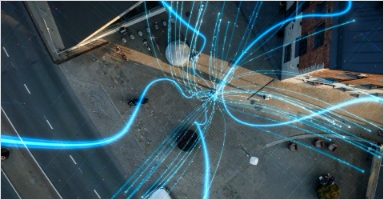
Bio-inspired AI
CHART researchers are developing control strategies for autonomous drones using insights from how social insects like ants and bees coordinate actions and adapt to challenges. The team collaborates on U.S. Department of Defense-funded projects, exploring uses of bio-inspired AI to improve the performance of autonomous systems in dynamic, uncertain environments. Potential applications include search-and-rescue operations by large-scale autonomous robot swarms.
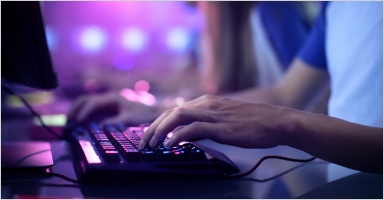
IARPA ReSCIND
CHART researchers are investigating the use of cognitive and psychological biases to thwart cyber attackers as performers in the IARPA ReSCIND program. Collaborating on a team of multidisciplinary cybersecurity and psychological scientists, the team is testing methods to exploit the vulnerability of attacker thinking and behavior. By validating that these methods disrupt attackers, the team is creating new defensive strategies that go beyond technological advancement, and eventually will be automatically deployed in live networks.
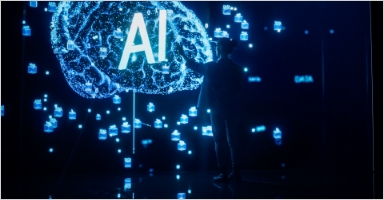
AI Trust Measurement
CHART researchers are reviewing the use of the most commonly used subjective trust measurement scale to determine what affects human trust in technology. Careful use of psychometrics for human-AI teaming means that researchers should use measures without altering them through modifications that could impact their validity, but early findings show that nearly half of studies who use the measure are altering it in a potentially negative way and disregarding its proper use.
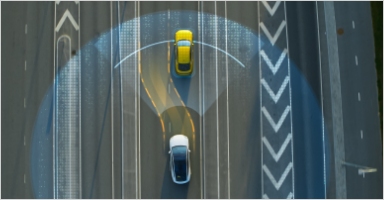
CHARTopolis
CHART’s small-scale urban driving testbed/art installation, CHARTopolis, is being used in an NSF-funded project on developing frameworks for generating ethical decision-making in autonomous vehicles, with the goal of increasing human trust in AVs. CHART researchers are collecting data on human driving and crash behaviors in both a virtual environment and the physical CHARTopolis testbed. By synthesizing well-established theories from psychology and behavioral ecology with techniques from control systems engineering, they are using this data to translate human cognitive components into AV controllers.
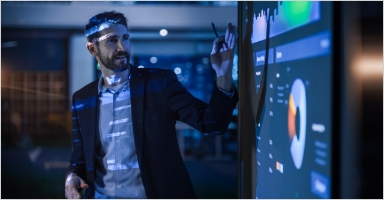
National Academies Human-AI Teaming Report
CHART faculty served on the National Academies committee and contributed to the AFRL-sponsored report on Human-AI Teaming: State of the Art and Research Needs. The report details the numerous challenges in human-AI teaming and presents 57 research objectives toward addressing those challenges, thereby contributing to Department of Defense research and policy on Artificial Intelligence.
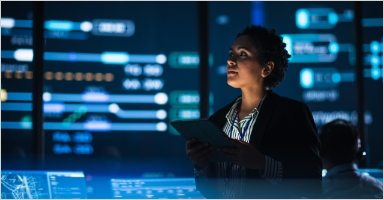
Team Dynamics Measurement System
This AFRL-sponsored project is implementing a Team Dynamics Measurement System that provides a suite of metrics for assessing and training adaptive and resilient team performance. TDMS is being validated and transitioned into two Critical Care Air Transport team training sites. TDMS supports training paradigms that increasingly employ automatic, objective, and real-time metrics of team performance to maximize training resources, training effectiveness, and war fighter readiness.
Center team
Jamie Gorman
Director
Global Security Initiative, Center for Human, Artificial Intelligence, and Robot Teaming
Nancy Cooke
Senior Scientific Advisor
Global Security Initiative, Center for Human, Artificial Intelligence, and Robot Teaming
Robert Gutzwiller
Associate Professor
Human Systems Engineering, The Polytechnic School
Spring Berman
Associate Director
Global Security Initiative, Center for Human, Artificial Intelligence, and Robot Teaming
Lixiao Huang
Research Assistant Professor
Global Security Initiative, Center for Human, Artificial Intelligence, and Robot Teaming
Courtney Candage
Project Manager Associate
Global Security Initiative, Center for Human, Artificial Intelligence, and Robot Teaming
